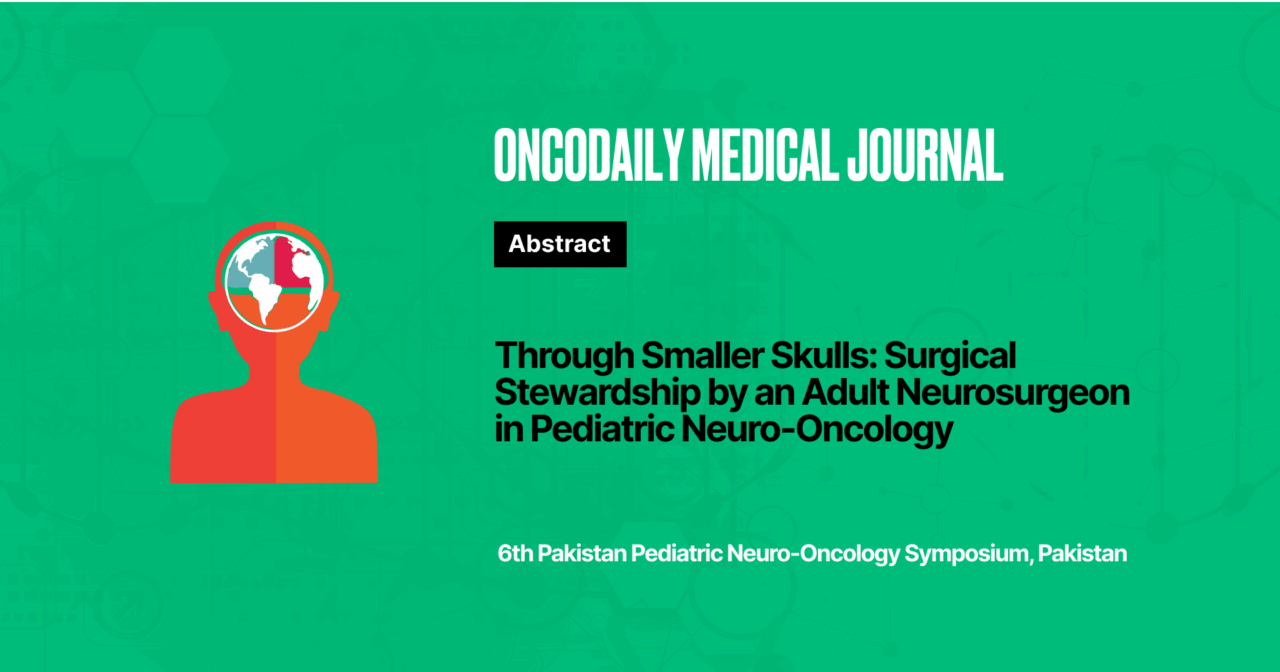Through Smaller Skulls: Surgical Stewardship by an Adult Neurosurgeon in Pediatric Neuro-Oncology
Abstract
Introduction: Due to the scarcity of dedicated pediatric neurosurgeons in low-resource or subspecialty-limited settings, adult neurosurgeons often manage pediatric brain tumors. This study highlights the challenges and outcomes of such an endeavor untill the gap is filled by dedicated pediatric neurosurgeons.
Methodology: A retrospective review of thirty-five pediatric patients aged 1–18 years, who underwent surgical resection for brain tumors between 2021 and 2025, by a single surgeon was conducted. All cases were managed within a tertiary care setting without a dedicated pediatric neurosurgery unit. Online multidisciplinary tumor boards with pediatric neuro-oncology and neuroradiology were conducted for all cases. Data was collected from a self-maintained digital logbook by the surgeon. Perioperative data such as tumor location, extent of resection, neuropathological diagnosis, oncologic and radiation therapy, and neurological follow-up including morbidity and mortality were evaluated.
Results: Among 194 brain tumors operated by the senior author, 35 pediatric brain tumors were filtered taking 18 years as cut-off limit. (age: 11.58 ± 3.82 years, 54.3% males). Regarding location, suprasellar (22.9%) was the most common, followed by fourth ventricle (20%) and post fossa (17.1%). Most frequent histology of the cases was medulloblastoma (20%) followed by pilocytic astrocytoma and Craniophyrangioma (14.2% each). In 40.6% cases, gross total resection was achieved, while a total of 11 patients (31.4%) completed adjuvant treatment. A total of 4 patients (11.4%) died in early postop period, 8 patients (22.8%) within one year. Unfavorable outcome was directly linked to intraventricular location (25.7%) and high-grade histology (22.8%). Favorable outcomes were predominantly seen in benign pathologies constituting 48.6% of total series.
Conclusion: Through reflective learning, adult neurosurgeons can adapt to tailor surgical approaches to the pediatric brain tumors presenting in subspecialty-limited settings. We were able to evolve preoperative protocols overtime using insights from tumor boards, thus offering individualized treatment specific to tumor type and location. Furthermore, Postoperative fast-track referrals to pediatric oncology improved timely adjuvant therapy and continuity of care. Therefore, untill the gap is filled by dedicated pediatric neurosurgeons, adult neurosurgeons can serve as stewards of care, utilizing multidisciplinary tumor boards to guide surgical decision-making.
Conflict of Interest: None
Funding: None
Disclosure Statement: None
License: This article is published under the terms of the Creative Commons Attribution 4.0 International License (CC BY 4.0).
© Sundus Ali, 2025. This license permits unrestricted use, distribution, and reproduction in any medium, provided the original author and source are credited.





